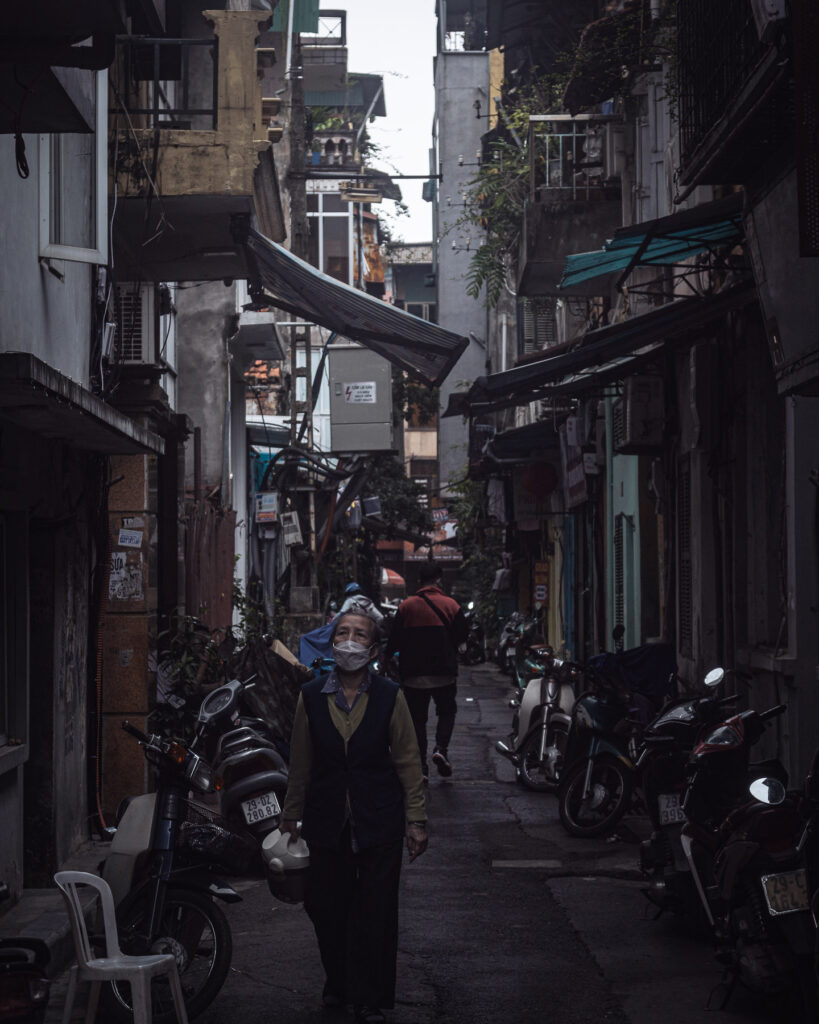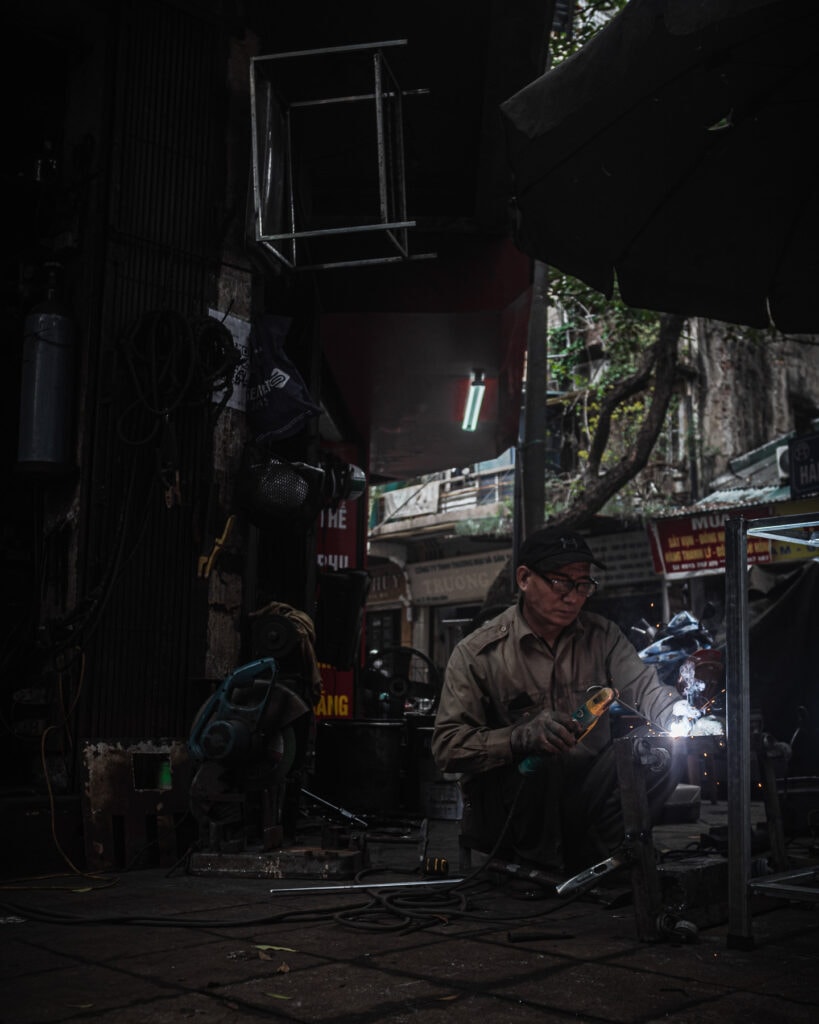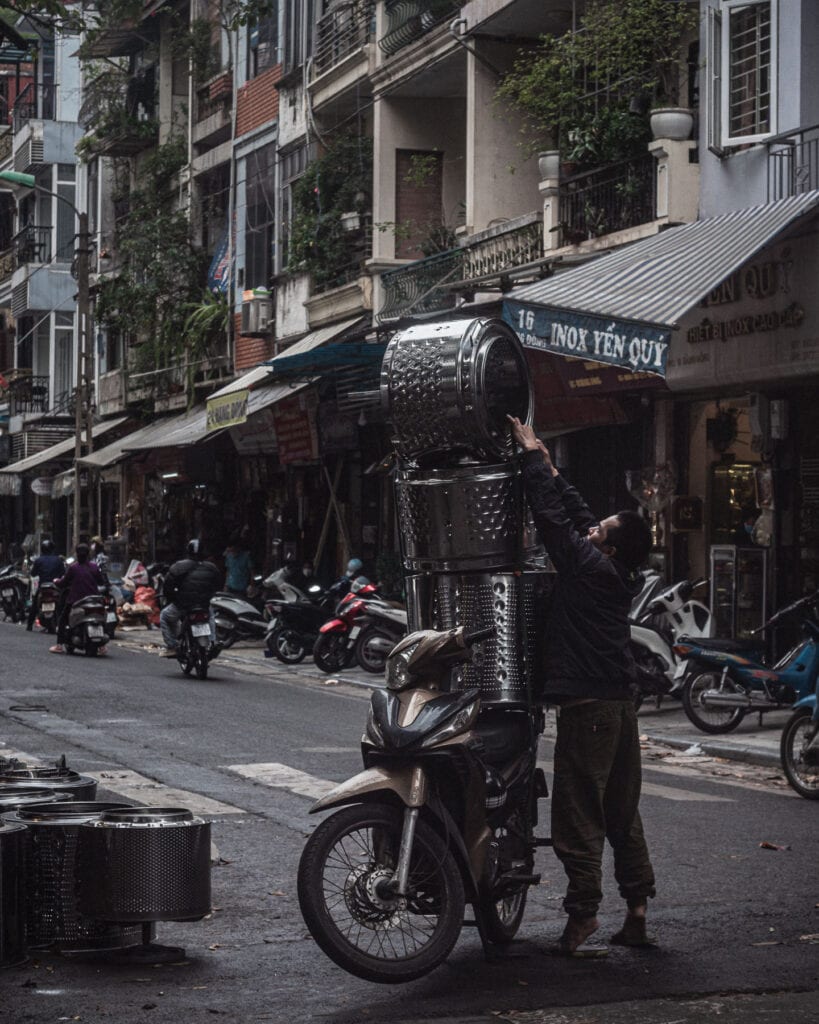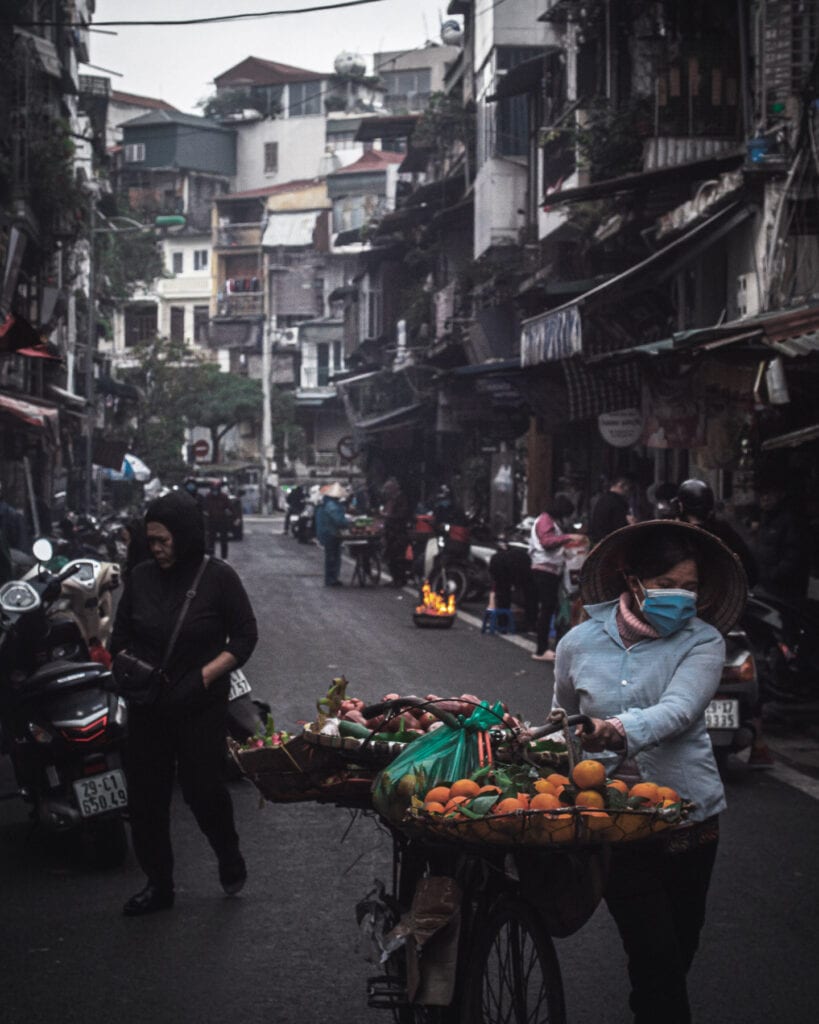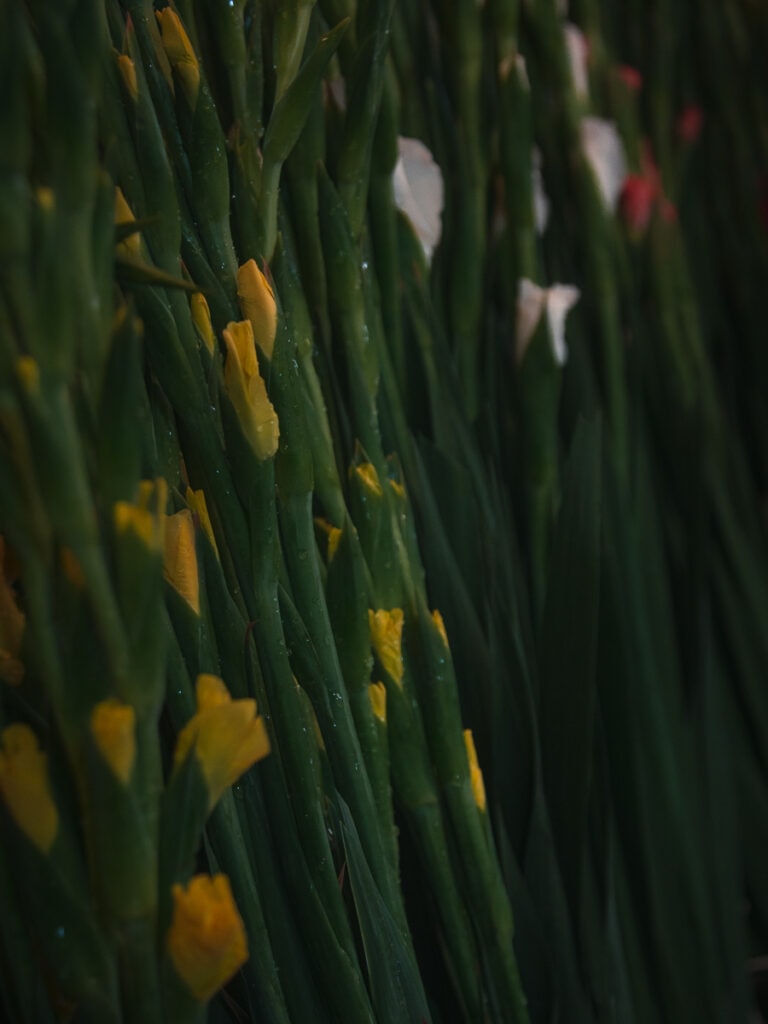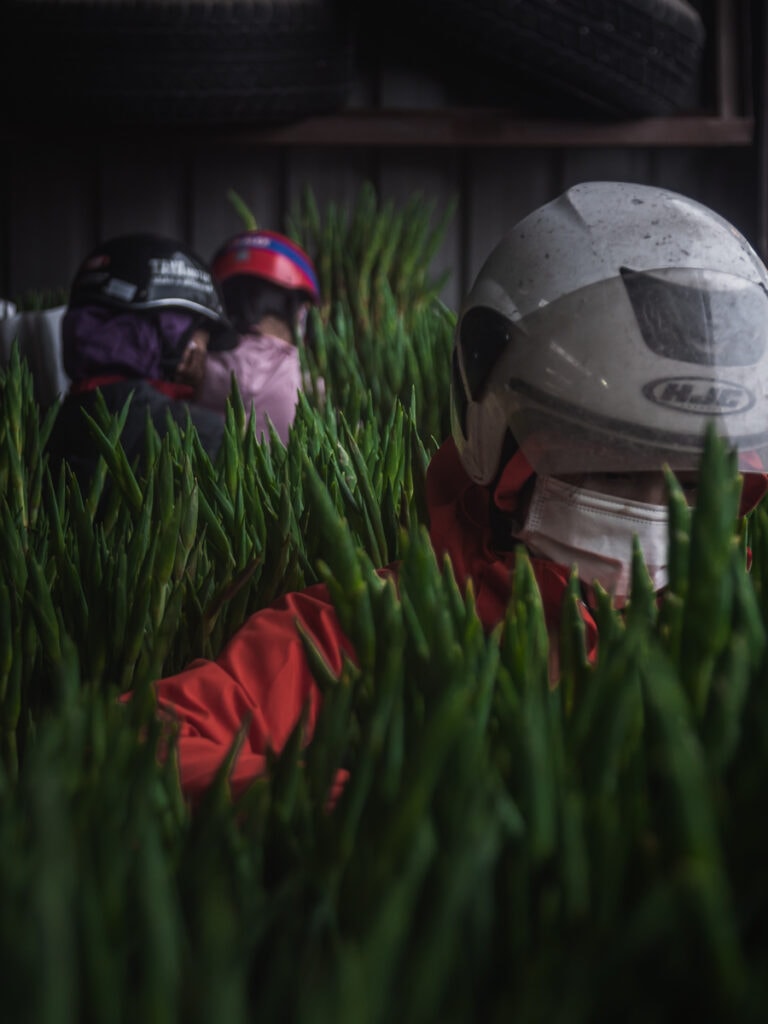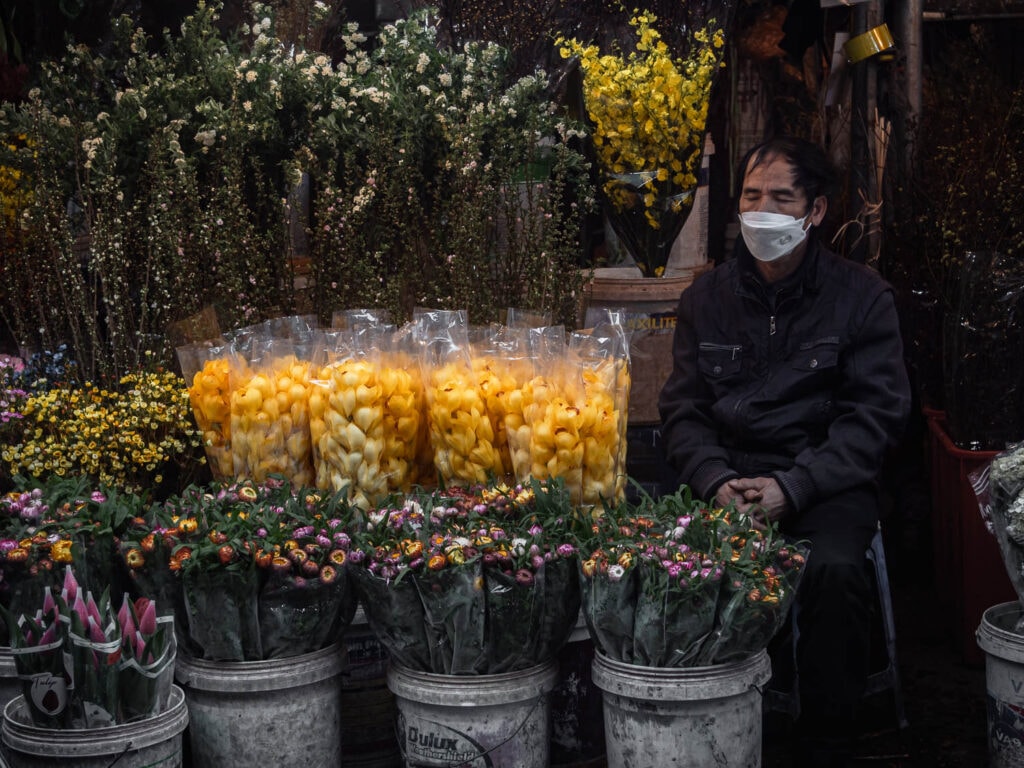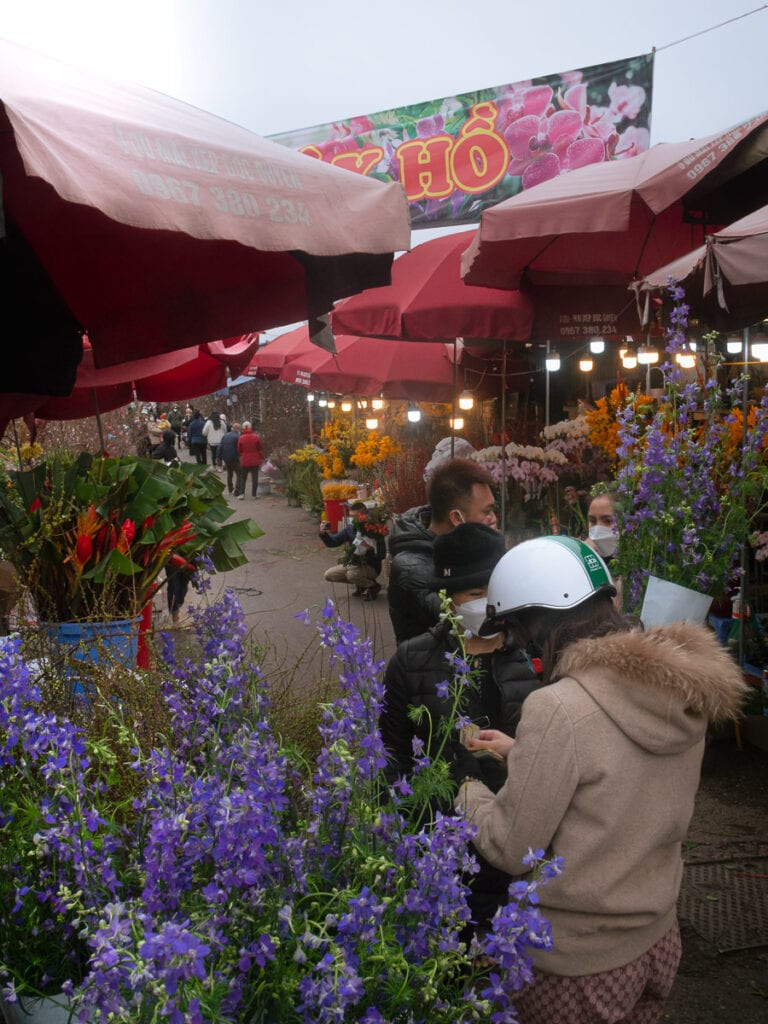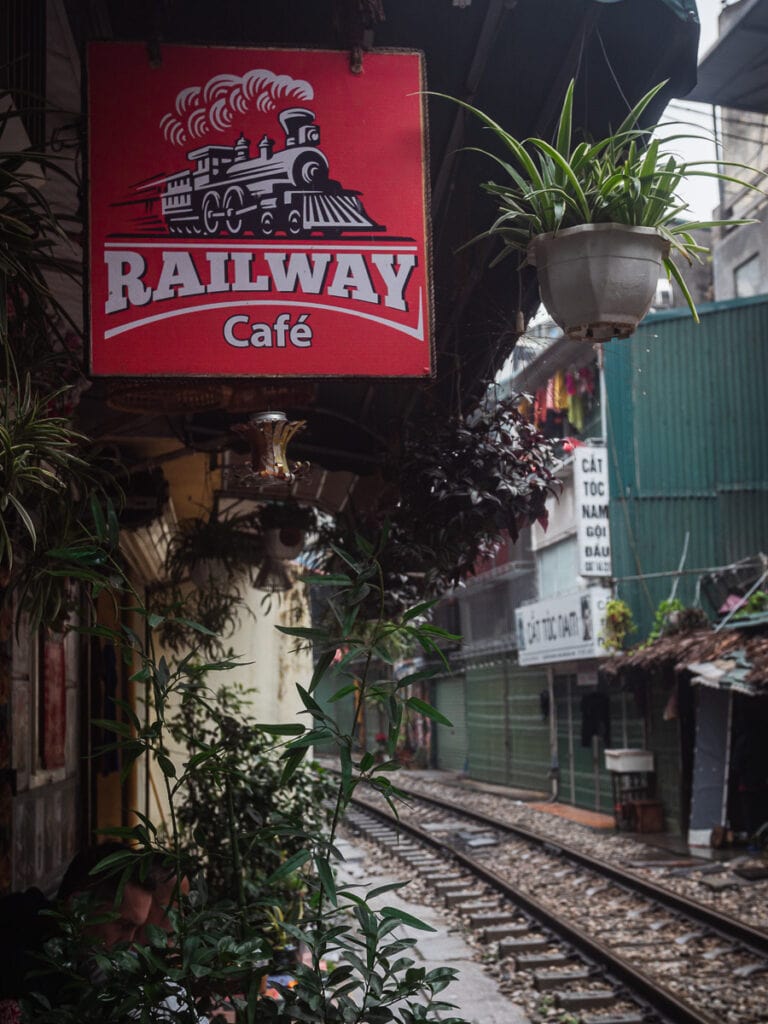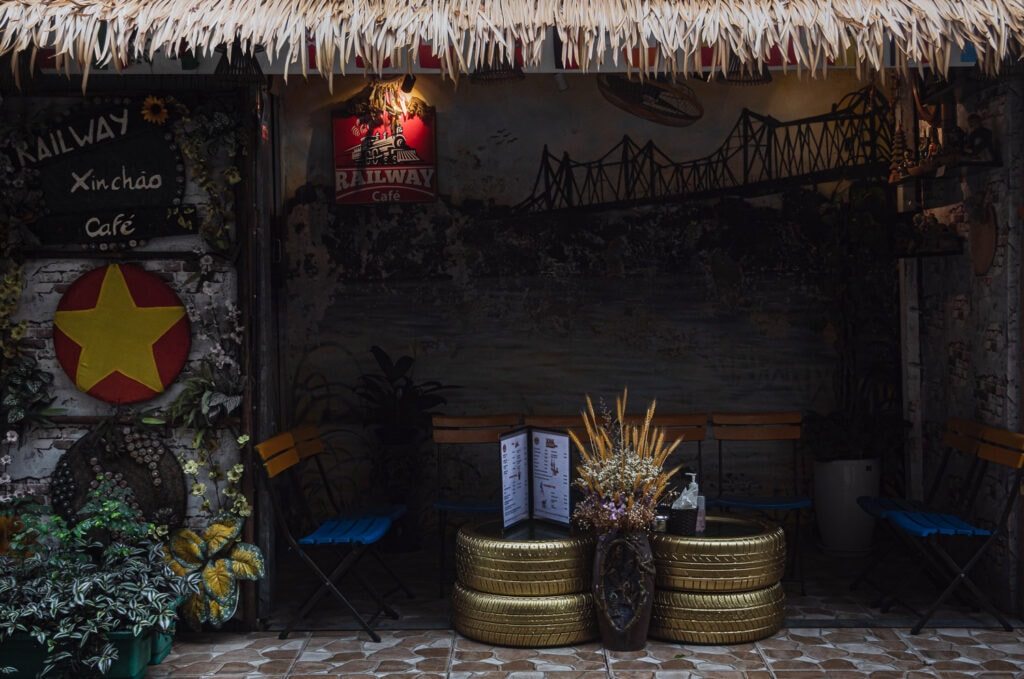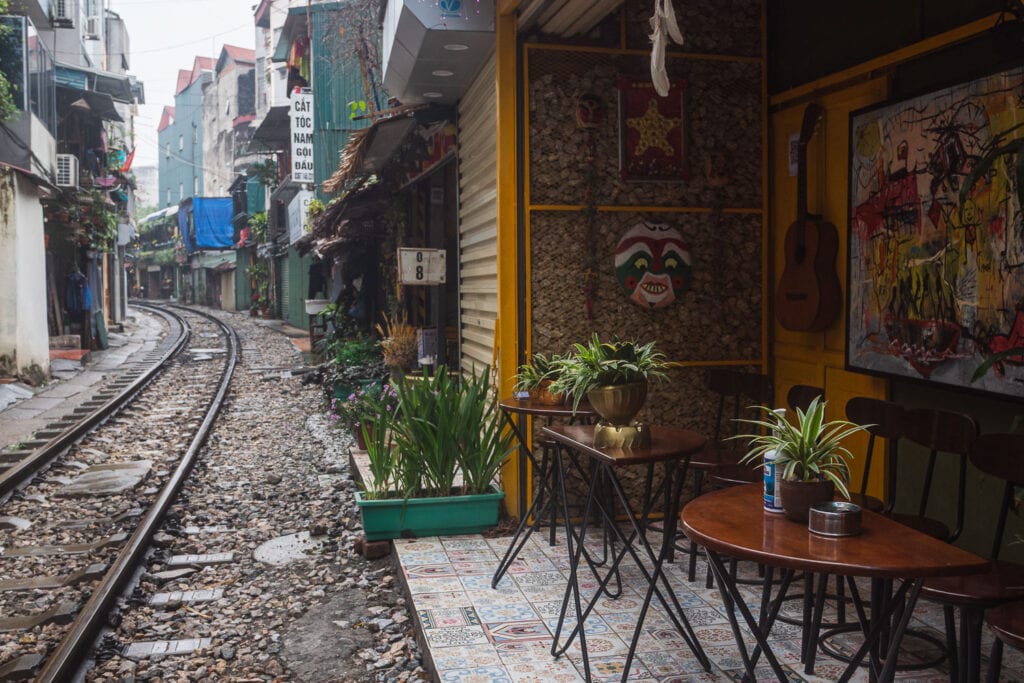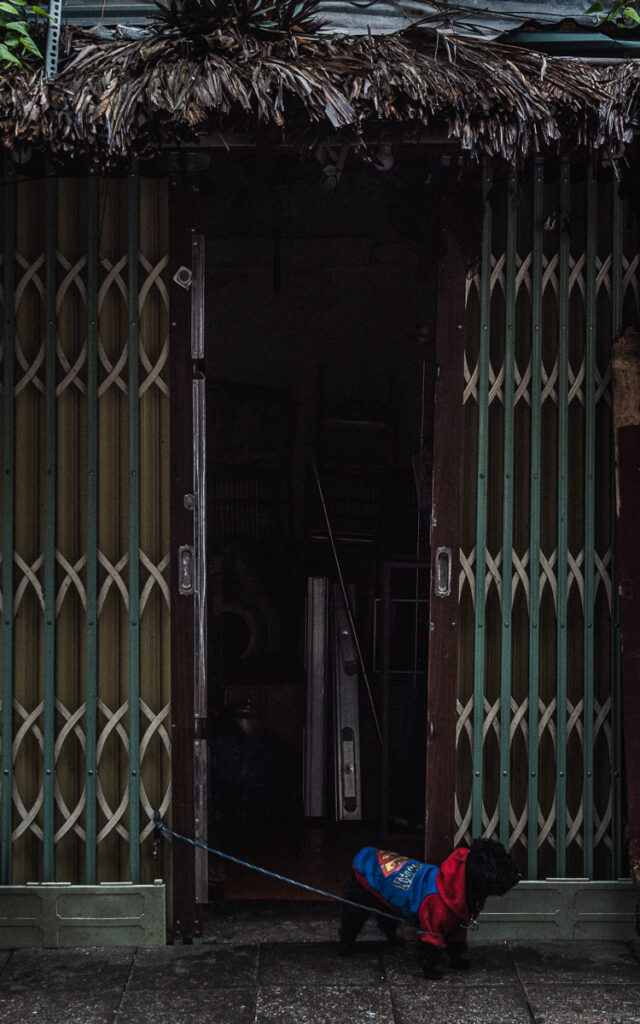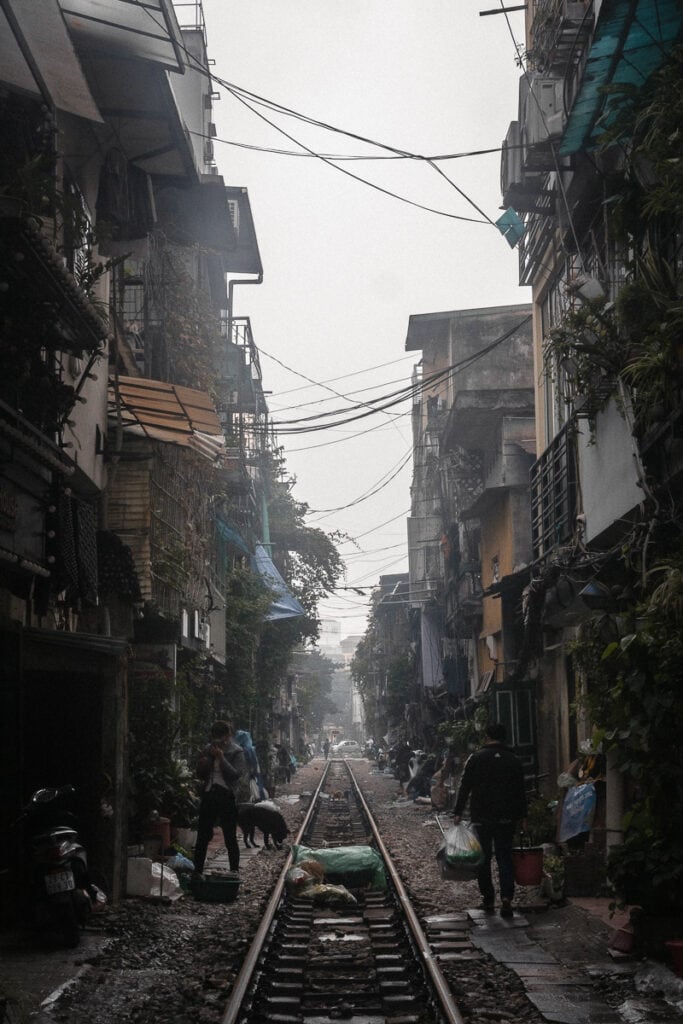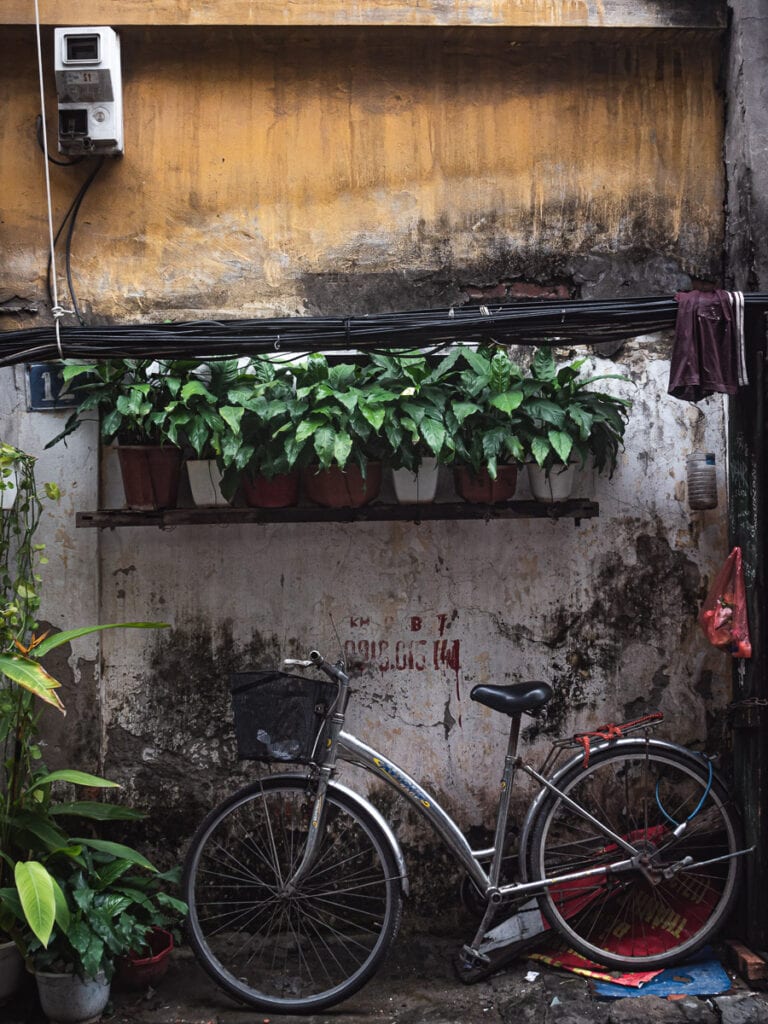
June 2020
Hanoi | Vietnam
Hanoi is situated in the north region of Vietnam on the western bank of the Red River. It has been one of the most important cities throughout the country’s history. It has been the capital of Vietnam (or the administrative center during the colonial periods) for most of its history (except during 1802-1945 when the capital was transferred to Huế).
Following the collapse of South Vietnam on April 30, 1975, North Vietnam extended its control over all of Vietnam. On July 2, 1976, the Socialist Republic of Vietnam was proclaimed and Hanoi was established as the capital of the country, a position that it sustains until today.
The Old Quarter
The Old Quarter is the area located outside the Imperial Citadel of Thang Long. It is a boiling residential, commercial and industrial center.
Due to its proximity with the political headquarters, the area attracted many skilled craftspeople to live and work. These migrants often came from the same village and operated in guild structure (associations of artisans and merchants), settling in one street and specializing in one particular good or service. As a consequence, many of the streets found today in the Old Quarter are dedicated to a particular product or service. Soon, the Old Quarter established itself as a craft and art hub, a position that is maintained until today.
Houses in the Old Quarter are also unusual. Due to the Nguyen dynasty tax system, based on street frontage area, many houses were built in a narrow architectural style, called tube houses. It’s also possible to notice the French influence, particularly in the yellow-colored exteriors of the buildings, as well as the wide tree-lined boulevards. All this history sits in and around the modern high-rises and buildings of a rapidly growing Hanoi.
Hanoi Flower Market
The flower culture plays an important role in Vietnam’s culture and tradition. Flowers are often used as offerings in temples, as gifts for relatives and also in ancestral worship. Going to the flower market is one of the old customs of the Vietnamese population, especially during special occasions, like Tết Holiday full moons. As a consequence, it’s possible to find many flower shops in the country.
In Hanoi, there are many flower shops spread all over the city, with the biggest one being Quảng Bá Flower Market on the edge of West Lake which starts up around 2 a.m., when wholesalers arrive to claim their spots with piles of flowers and lasts until sunrise.
Hanoi Railway Street
Surrounded by narrow houses packed together, the Railway Street is located near the Old Quarter and it is hidden in one of the backstreets. Many families live on both sides of the railway and can witness a train passing in their backyards a few times per day. Many families have been living in this street for generations such as Mr. Tuan, who founded Hanoi Railway Café many years ago.
The railway It has long been one of the most popular tourist sites in Hanoi. However, since the train track is still operational, there have been security issues with tourists who like to sit, lie down and pose on the tracks. Recently, the government ordered the closure of the street due to safety reasons.
* All photos available for printing. Get in contact by email or on social media for more information.





